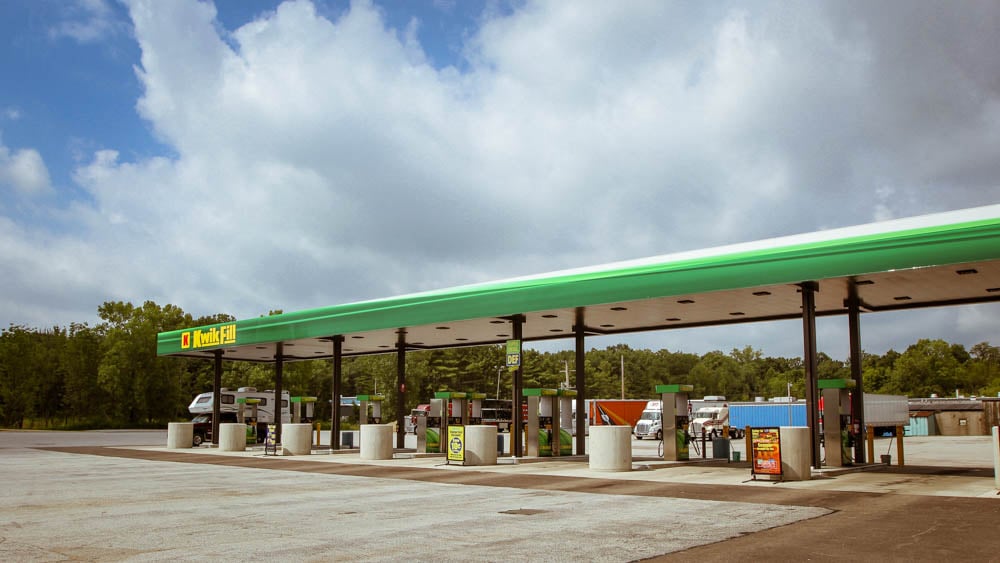Gas prices are 43 cents higher in Western Pennsylvania this week at $4.132 per gallon, according to AAA East Central’s Gas Price Report.
Statewide, Pennsylvania’s average is $4.23, which is 16 cents higher than the previous record of $4.07 which was set in 2008.
The average price in Warren is $4.129
This week’s average prices: Western Pennsylvania Average $4.132
Average price during the week of February 28, 2022 $3.705
Average price during the week of March 8, 2021 $3.051
The average price of unleaded self-serve gasoline in various areas:
$4.153 Altoona
$4.160 Beaver
$4.090 Bradford
$4.124 Brookville
$4.146 Butler
$4.150 Clarion
$4.129 DuBois
$4.035 Erie
$4.178 Greensburg
$4.138 Indiana
$4.160 Jeannette
$4.119 Kittanning
$4.190 Latrobe
$4.063 Meadville
$4.136 Mercer
$4.104 New Castle
$4.157 New Kensington
$4.056 Oil City
$4.179 Pittsburgh
$4.181 Sharon
$4.150 Uniontown
$4.129 Warren
$4.114 Washington
Trend Analysis:
As the conflict between Russia and Ukraine continues, crude prices continue to soar, leading to higher pump prices in the U.S. The national average for a gallon of gas is $4.06, a staggering 45 cents more than a week ago, 62 cents more than a month ago and $1.30 more than a year ago. The national average has not been this high since July 2008.
According to new data from the Energy Information Administration (EIA), total domestic gasoline stocks decreased by 500,000 barrels to 246 million barrels last week. Meanwhile, gasoline demand rose slightly from 8.66 million barrels per day to 8.74 million barrels per day. The increase in gas demand and a reduction in total supply contribute to rising pump prices. But, increasing oil prices play a leading role in pushing gas prices higher. Consumers can expect the current trend at the pump to continue as long as crude prices climb.
Last week, the International Energy Agency (IEA) announced a coordinated release of crude oil from its 31 member countries’ strategic reserves, including the U.S., Germany, Canada, South Korea, and Mexico, to help counter the impact of rising crude prices. On Friday, IEA said member states committed to releasing a total of 61.7 million barrels from their strategic reserves to reassure markets rattled by the fallout from Russia’s invasion of Ukraine. This amount—half of which is expected to come from the U.S.—is the largest coordinated release since IEA was founded in 1974. Despite this announcement, the impact on pricing has been limited given that the amount of oil planned for release is small in comparison to the amount that flows daily from Russia to other countries around the globe. According to IEA, Russia exports approximately 5 million barrels per day of crude oil, representing about 12% of its global trade.
At the close of Friday’s formal trading session, West Texas Intermediate increased by $8.01 to settle at $115.68. Crude prices continue to surge in response to the conflict between Russia and Ukraine. As the conflict continues, the oil markets will likely respond by increasing the price of crude oil to reflect more risk of disruption to tight global oil supplies this week. Additionally, EIA reported that total domestic crude stocks decreased by 2.6 million barrels last week to 413.4 million barrels. The current stock level is approximately 15% lower than at the end of February 2021, contributing to pressure on domestic crude prices.
Motorists can find current gas prices nationwide, statewide, and countywide at GasPrices.AAA.com.






























